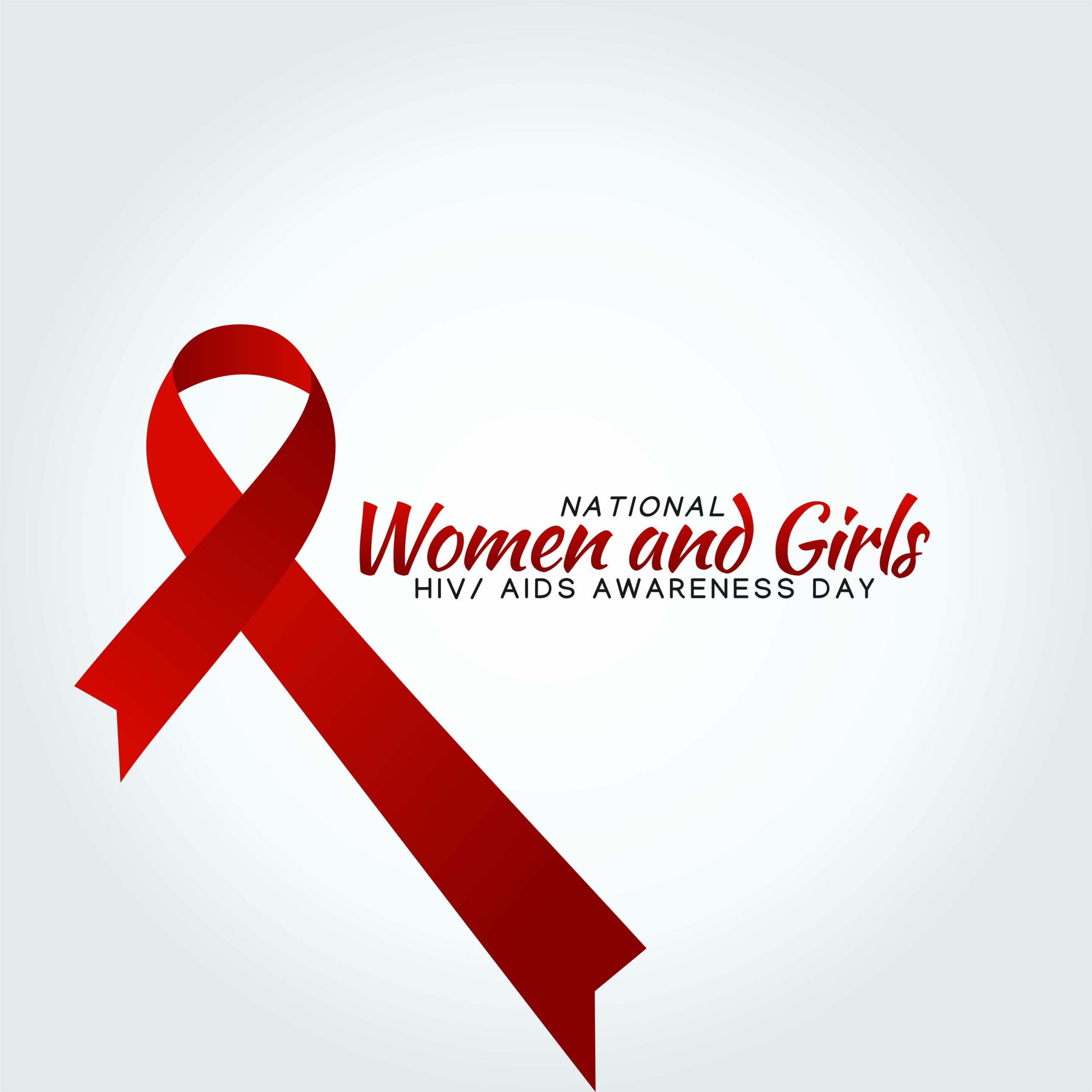National Women and Girls HIV/AIDS Awareness Day
NWGHAAD
The National Women and Girls HIV/AIDS Awareness Day, acronymized NWGHAAD, has been continuously observed since 2005. Protecting themselves, as well as their partners, from contagion and onset of HIV is the main objective of all the concerted efforts, from the public administration to all genre of associations gathered under the umbrella of this initiative.
The theme for this year is “HIV Prevention Starts with Me”, a straight-forward cue to start acting responsibly, actively seeking relevant information to keep the lid on this conniving disease. Here’s a list of things women and girls can do to prevent HIV infection and spread.
⦁ Protect Yourself. And your partner. Use condoms immediately once you start having sex. This includes male and female condoms and, of course, means that everyone should get appropriate guidance on how to use correctly and safely from the get-go.
⦁ Stay Informed. That means during all phases, before, during and after, if you have been exposed to or know that you are infected with HIV. The CDC has a beta HIV Risk Reduction Tool aimed at protecting people and saving lives. Visiting ⦁ hivrisk.cdc.gov is strongly encouraged as it enables users to estimate their HIV risk and relays customized answers to common and important questions. There are quite a few featured resources, paramount among them the specific tool to help you find a Local HIV Prevention Services near you.
⦁ Practice Safe Sex. Opt for less risky sexual behaviors. Limit sexual partners. This short list of recommendations has always proved tricky and prickly with many individuals and groups out there, many associating them to right wing conservative, religious or oppression group beliefs. People, this is just using common sense to work in your favor! Not an indictment of anyone’s sex lives and choices. This is not an order, but putting your better angels (choice, options) to work for you in the form of could or would.
⦁ Talk to Your Doctor. There are many important things to know which a professional can deliver. Maybe two of the most important is information concerning PrEP and PEP, two acronyms which stand for Pre-Exposure Prophylaxis and Post-Exposure Prophylaxis. Pre is extremely helpful (almost mandatory) with individuals who have not been diagnosed, but are at high risk of HIV infection, i.e., having sex with an HIV infected person, among others. Post is necessary if you think you have been exposed to HIV over the last 72 hours and are not on any form of PrEP.
⦁ Get the Word Out. Don’t just limit this to yourself and your partner. Get others involved, your loved ones, your work colleagues, distant relatives, anyone and everyone… Sponsored by the Office of Women’s Health, a wealth of social media images, tags, hashtags, graphics and sample messages are available at a number of e-pit stops, most importantly at ⦁ www.cdc.gov/hiv/library/awareness/nwghaad.html.
⦁ Know the Stats… so you know how it may affect you as an individual that belongs to any number of societal groups, divisions and subdivisions. Understand, for example, that heterosexual contact accounts for 87% of HIV infection diagnoses for women. Or how of the entire universe of HIV-diagnosed women and girls, a disproportionate 61% were African-American (2017), with White at 19% and Latina at 16%. Also, know that although HIV incidence and prevalence has historically been higher in males, receptive sex is riskier than insertive sex. This translates as: women are at increased risk of HIV infection during vaginal or anal sex. Finally, banning needle (mis)use, the riskiest behavior for getting HIV is receptive anal sex.
Sources:
https://www.apa.org/pi/aids/resources/women-girls-awareness
https://news.nnlm.gov/nacc/national-women-and-girls-hiv-aids-awareness-day/
https://hivrisk.cdc.gov/


